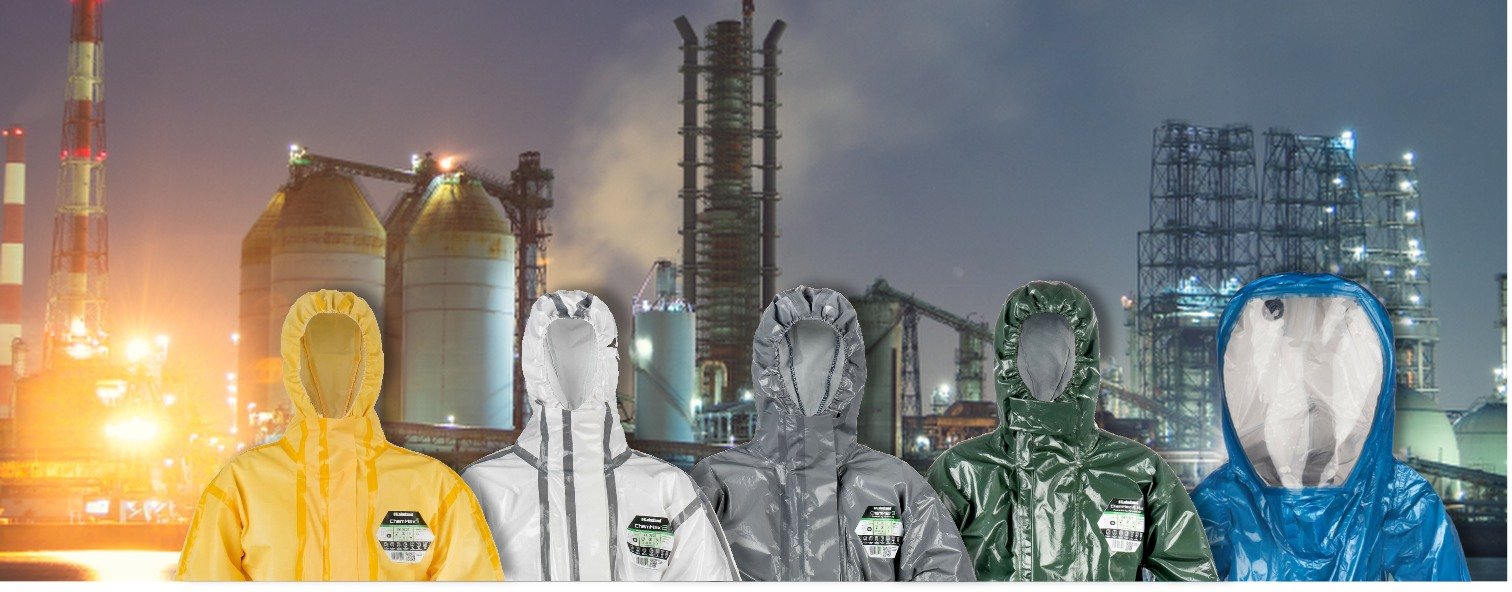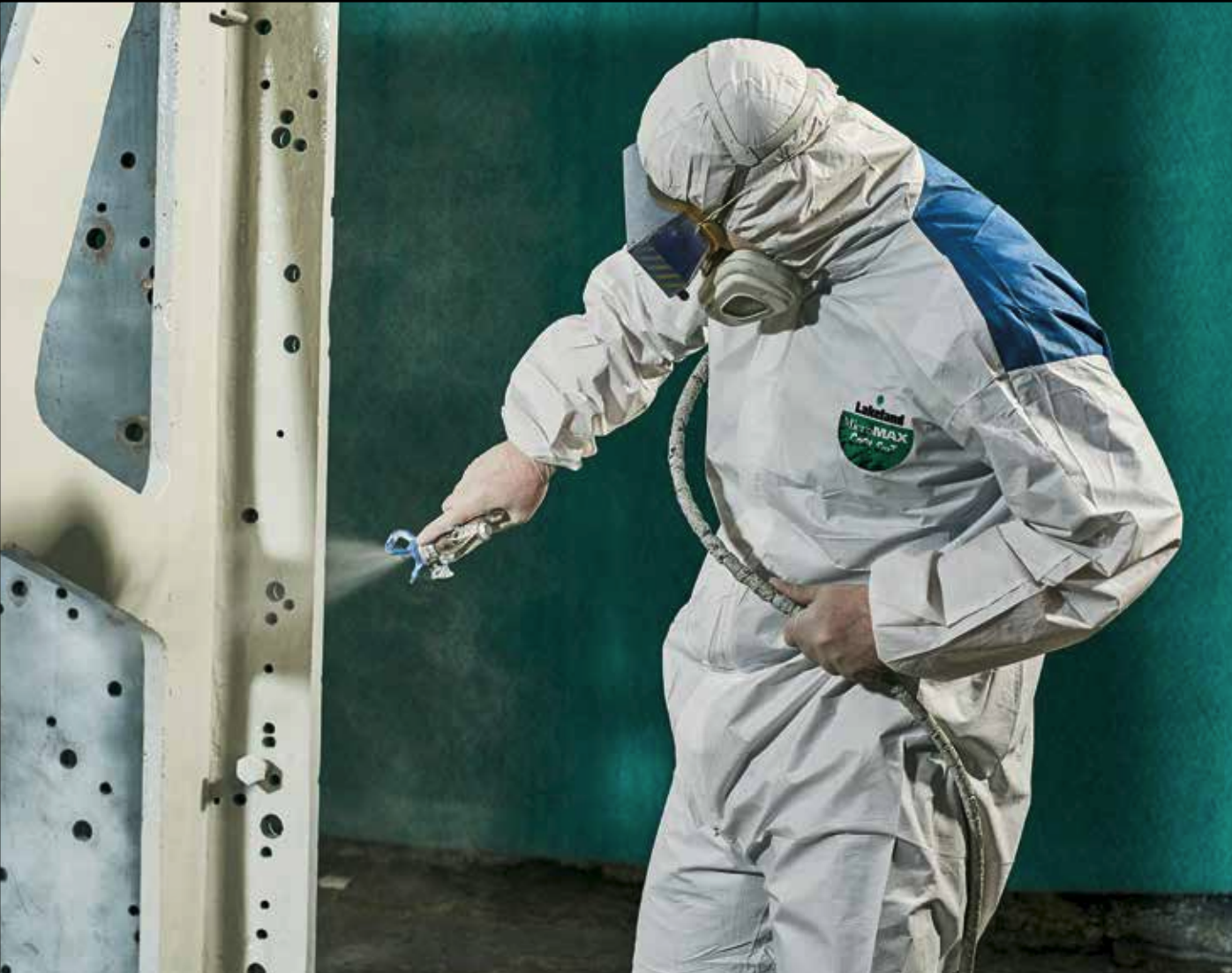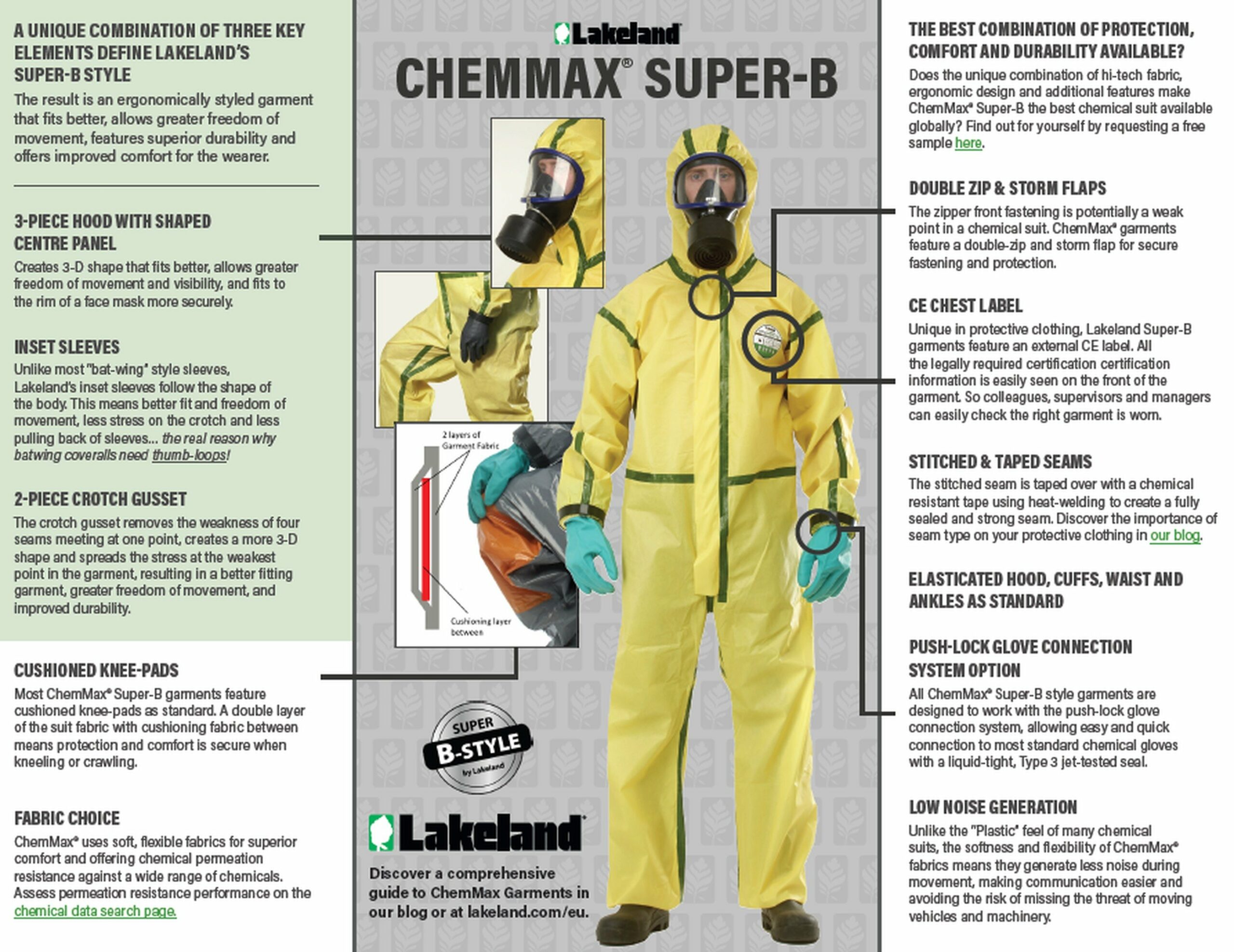You may have been hearing a lot about ISO 16602 lately and wonder what all the fuss is over. Well, in this series we hope to provide you a better understanding of this standard. Through this discussion we hope the reader will gain knowledge that will enable them to recognize both strengths and weaknesses of the standard from their own perspective and based on their own needs determine if specifying compliant garments will improve worker protection.
ISO 16602: How did this standard evolve?
The International Standards Organization first published ISO 16602, Protective Clothing for Protection Against Chemicals – Classification, Labeling, and Performance Requirements, in December of 2007. As standards go, it was actually developed and issued in a relatively short amount of time.
There are a couple of reasons that ISO 16602 was able to go from draft to finished standard so quickly.
- The biggest single reason was the prior existence of a “suite of standards” developed by CEN (Comité Européen de Normalisation) more commonly known as the CE type classification system. In this series of standards, chemical protective clothing is divided into 6 classifications or “Types” based on whether the garment is suitable from protection from dry particle, liquid, gas/vapor hazards; the level of exposure to the hazard, and the design of the garment. These standards were the first to address the need for chemical protective clothing standards for industry.
- The second reason for ISO 16602’s expedited development was that the standard did not start from scratch within the committee. A draft standard was submitted to the ISO subcommittee responsible for chemical protective clothing as a starting point. The original draft document that ultimately became ISO 16602 actually came from a document that was being developed by the International Safety Equipment Association (ISEA). The ISEA was working on a standard for chemical protective clothing for U.S. industrial end users that was based on American Society for Testing and Materials (ASTM) and other U.S. test methods. Not surprisingly, it was based on the classification system in use in Europe at the time, the CE type classification system.
This is why CE, ISO and ANSI/ISEA 103 standards all have 6 classifications for chemical protective clothing and why they are so similar in scope. Ultimately all of the classification standards for chemical protective clothing have roots in the original CEN standards. However, that is not to say that there are not some significant differences in these standards. There are, and in the case of ISO 16602 a couple of these differences are of significant consequence to the end user. These will be discussed in detail later in this series.



